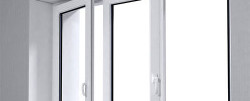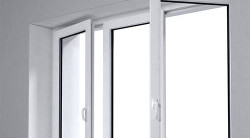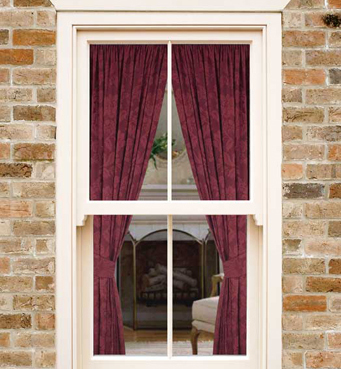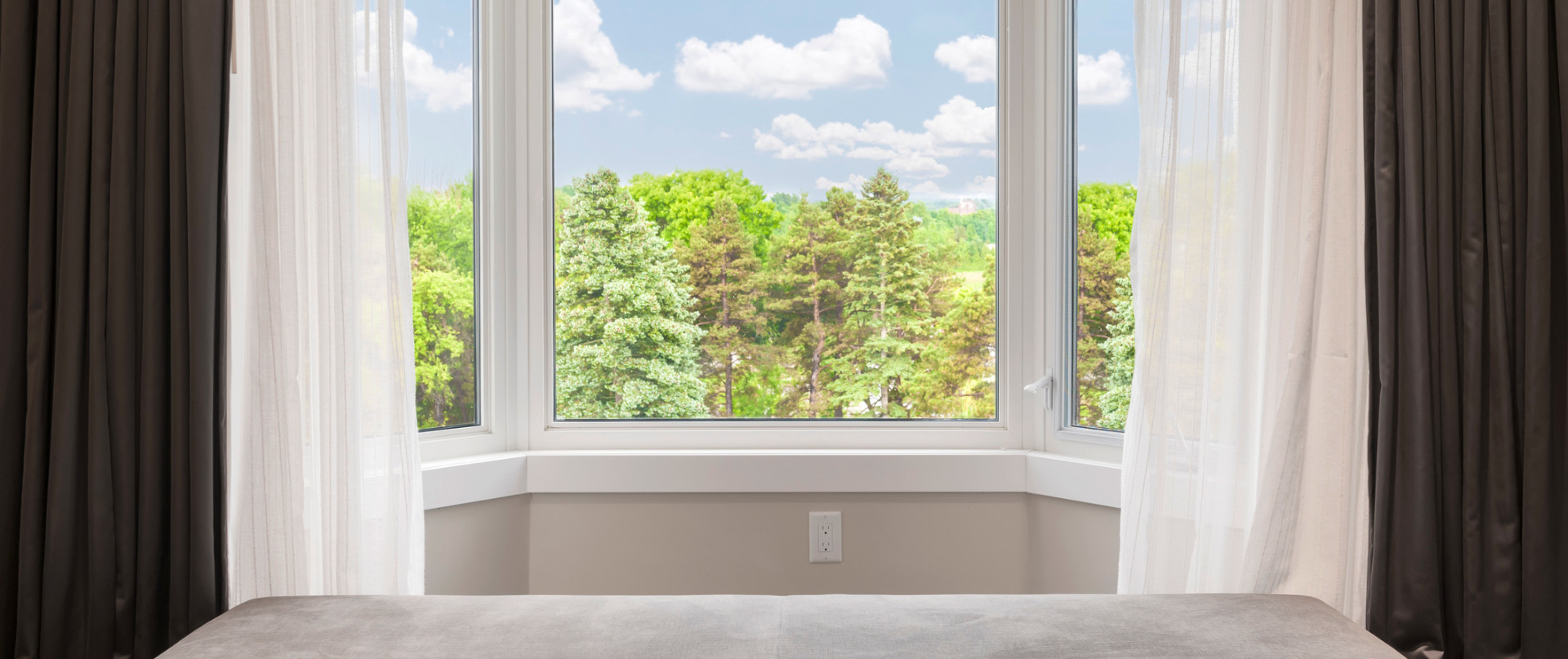Window Types
There are different types of windows, other than how they look externally – just different shapes - in your property each window type has its own features which distinguish it from other kinds of windows.
Using the right window in the appropriate situation makes for a more efficient and functional space, whether it's your kitchen, family room or bathroom. Here are some examples of the most popular window types we install at Oriel Glazing.
Casement Windows
Casement windows operate like a door, swinging out from one side or the other.
The pros and cons of casement windows are:
The casement pane can act as a 'scoop' to catch breezes and direct them into the room.
There is usually no pane frame in the middle of the window, so they can offer better sight lines to obstruct the view like there is with single/double hung windows.
They offer some of the best energy efficiency you'll find among windows, because the way a casement window closes; it pushes against a seal and a latch mechanism provides positive force to pull the window pane into the seal.
They work well in scenarios where limited reach or physical accessibility is restricted.
Casement windows take up space when opened because of their swing-out design. If the area outside the window is a walkway or a patio the open sash might be an obstruction.
Casement windows can be limited by built-in obstacles like a roofline or shrubbery which can limit how far the window can be opened.
Sliding Windows
Sliders normally can have one or two panes which simply slide over each other from right to left or vice versa depending on the design. These windows typically have a means of easily removing the sash from the inside for easier cleaning.
The pros and cons of sliding windows are:
You can have a wider window, which can be opened
You need to consider a window which is easier to open as the sliding operation of a sliding window may also be easier to open for some individuals than the push-up/down motion associated with other window styles
Sliding windows are space savers because they don't have any swing-out space considerations to contend with






